Caudron-Renault CR.714 C1 Cyclone
Here's my latest build from Dora Wings in 1:48.
The C.710 were a series of light fighter aircraft developed by Caudron for the French Air Force prior to WWII, the CR.714 was the end result and saw limited production It was of all-wood construction powered by the Renault 12R-03 inverted air-cooled V-12 engine and armed with (4) 7.5mm MAAC 1934 machine guns in underwing gondolas. The French Air force ordered 20 C.714s on November 5, 1938 with options for 180 more. Production was started in the summer of 1939 and deliveries began in January 1940. After a series of test flights it was apparent that the design was seriously flawed. Although light and fast, its wooden construction did not permit the fitting of a more powerful engine needed to meet the more advanced fighters of the Luftwaffe. The initial production order was reduced to 90 and 80 aircraft were diverted to Finland to fight in the Winter War, and were meant to be flown by French pilots. However, events in France resulted in only 6 aircraft being delivered to Finland with an additional 10 waiting in the harbor when deliveries were stopped. The Finns found the CR 714 to be unacceptable for combat operations but were maintained on the roster until retired and scrapped in 1949. One example, CA-556 was transferred to the maintenance personnel school as an instructional airframe and now resides in a museum in Finland. An additional fuselage was preserved in Finland and was offered to the Musee de l'Air et de l'Espace, where restoration was begun in 2015.
On May 18 1940 35 Caudrons were delivered to the Polish Warsaw Squadron, the Group de Chases polonaise I/145, stationed at Mions airfield. After 23 sorties, the pilots concluded that the Caudron was seriously underpowered and no match for the opposition fighters. A week later, the French Minister of War ordered the CR 714s withdrawn from service. However, since the French had no other aircraft to offer, the Polish pilots ignored the order and continued to fly the Cyclone and between June 8 and June 11, the Polish pilots managed to bring down four Do.17 bombers, three Bf 109s, and five Bf 110s plus three more unconfirmed victories. Their losses were nine in the air and nine on the ground.
The Caudron fighter was also used by the Polish training squadron based in Bron where they managed to disperse several bombing raids but did not score any kills. They also did not lose any aircraft. By the end of June France fell and the war was over for the CR 714.
The build went pretty well, the parts fit was good overall, no filler was used. The clear parts needed some trimming and dry fitting, and the landing gear needed some thinking outside the box to make all the parts fit to get the correct alignment. I replaced the gun barrels with stainless micro tubing and used a pitot tube from Master. I used Eduard PE colored French seat belts and harness. I used Tamiya Paint and kit decals to represent a machine flown by Aleksy Zukowski, 1 Esc, GC 1/145, Evreux, June 1940.
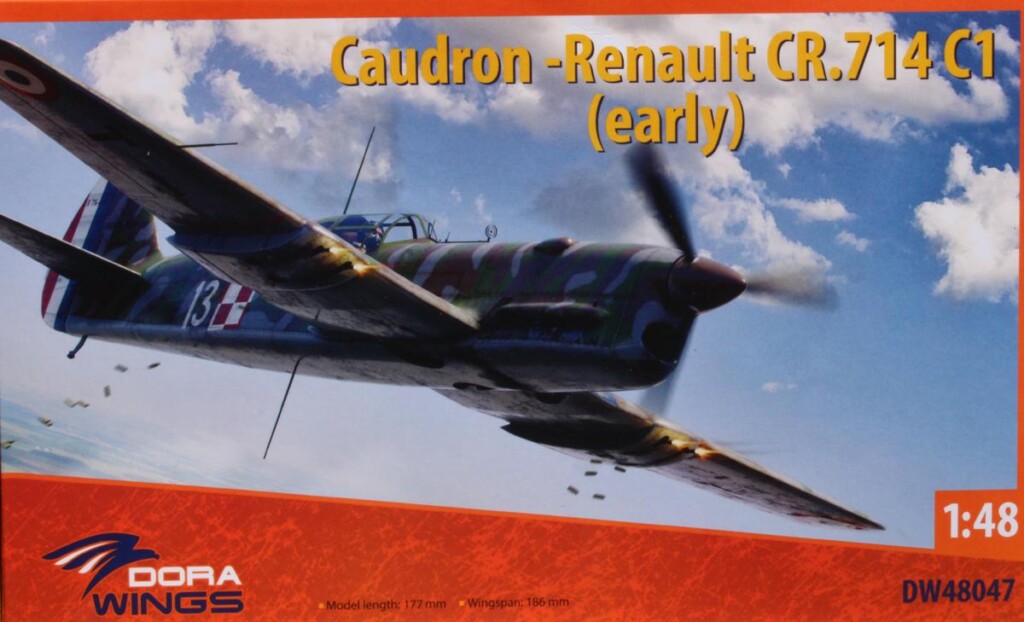
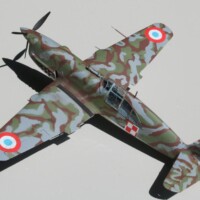

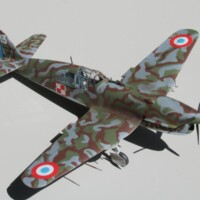
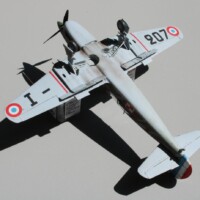
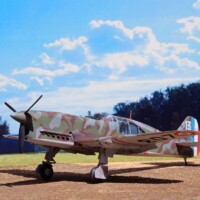

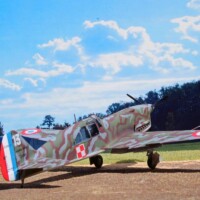
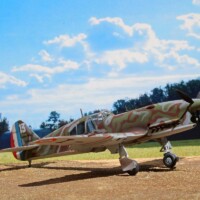

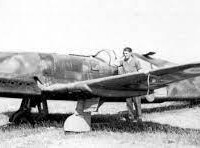

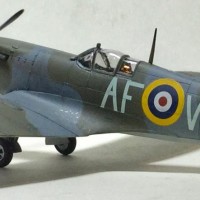
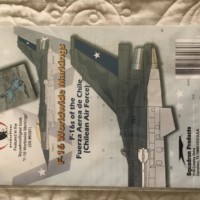
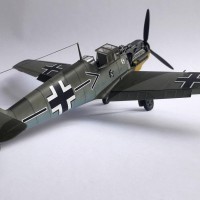
Nice work on this Chas. I like the paintwork a lot.
Not familiar with this A/C but it looks fast, almost air racer in appearance. Really nice work with the camo scheme.
Thanks, Tom. This airplane had racers from the 1930s for ancestors. Here's the Caudron C.460.
2 attached images. Click to enlarge.
Excellent job, Chas!
An impressive result, Chas @chasbunch
Especially the camouflage is amazing, may I ask how you did the masking to get this result.
Thanks, John. At first I was intimidated with this scheme and I considered doing a Finnish scheme. Then I got the idea to start with overall blue-grey on top, and used strips of poster putty to mask the grey and shoot the green, then mask the green to shoot the red-brown. The poster putty didn't want to stick to the flat grey very well, so I shot a coat of gloss over the grey, and the putty stuck. The next set of strips masking the green stuck to the putty already applied on the grey. I enlarged the paint scheme in the instructions as a guide to get the colors masked as close as possible. It looked like a disaster until I pulled the mess off, but it worked! Lots of poster putty required, and quite time consuming.
Interesting write-up, Chas, and a good looking result from the kit.
Looks great - you did a wonderful job with that complex camo scheme. Well done!